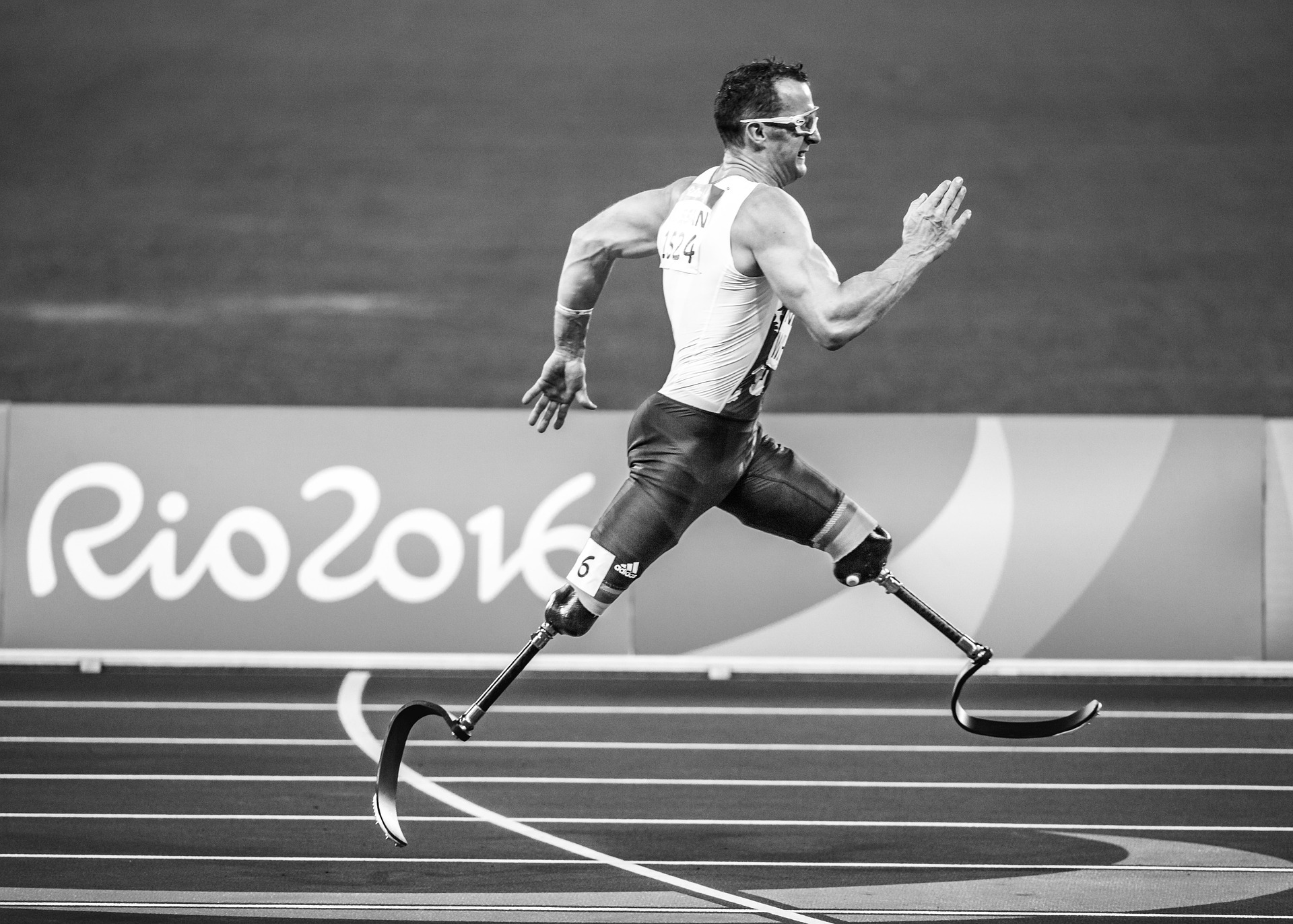Exposing the Unseen World of Para-Athletes: Triumphs, Challenges, and Realities
Imagine being confined in a wheelchair but having the willpower to compete in a marathon or having diminished sight but still playing a full-contact sport. This isn't fiction; it’s the reality of para-athletes. In this article, we delve into the realm of para-sports, highlighting its history, current trends, and future prospects while discussing the real-world implications of adaptive sports training methodologies.
Rise of Para-Athletics: A Historical Glimpse
Para-Athletics, initially aimed at rehabilitating war veterans, has transformed into a vibrant global sporting movement. The Stoke Mandeville Games in 1948, considered a crucial milestone, paved the way for the official inclusion of para-sports in the Olympic movement. Over the decades, para-athletics has quintupled in size and scope, exemplifying the indomitable human spirit.
Modern Era of Para-Sports: Current Trends and Analysis
In recent years, para-sports have experienced a paradigm shift. Technology, equipment adaptations, and specialized training are fueling performance improvements, leading to more spectacular and closely contested competitions. Data analytics are facilitating customized training programs for para-athletes, resulting in unprecedented progress and record-breaking performances.
Adaptive Training for Para-Athletes: Benefits and Challenges
Adaptive sports training has numerous benefits, including enhanced physical fitness, improved mental well-being, and boosted self-confidence. Nonetheless, it’s no bed of roses. Athletes have to persist through rigorous training, financial constraints, and constant societal bias. However, their resilience in overcoming these challenges is inspirational and serves as a powerful reminder of the unconquerable human spirit.
Translating Theory into Practice: Real-World Applications of Adaptive Training
Adaptive training techniques are already benefiting para-athletes worldwide, improving their athletic prowess while augmenting their overall health and quality of life. However, these practical applications aren’t limited to just sports. Rehabilitation programs for injured soldiers and recovery paths for accident survivors are now incorporating elements of adaptive training.
The Way Forward: Future Prospects and Potential Developments
With global recognition of para-sports growing and the continual advancements in adaptive training, the future of para-athletics is promising. Even so, for potential talent to thrive, other areas must also progress, such as fair access to sports facilities, increased media attention, and broader societal acceptance.
In conclusion, para-athletics is an embodying testament to the relentless human spirit in face of adversities. Widening our perspective to include these athletes is crucial, not only for sporting diversity and inclusivity, but also for a more inclusive future where everyone, regardless of their physical abilities, gets a fair chance to play, perform, and succeed.





